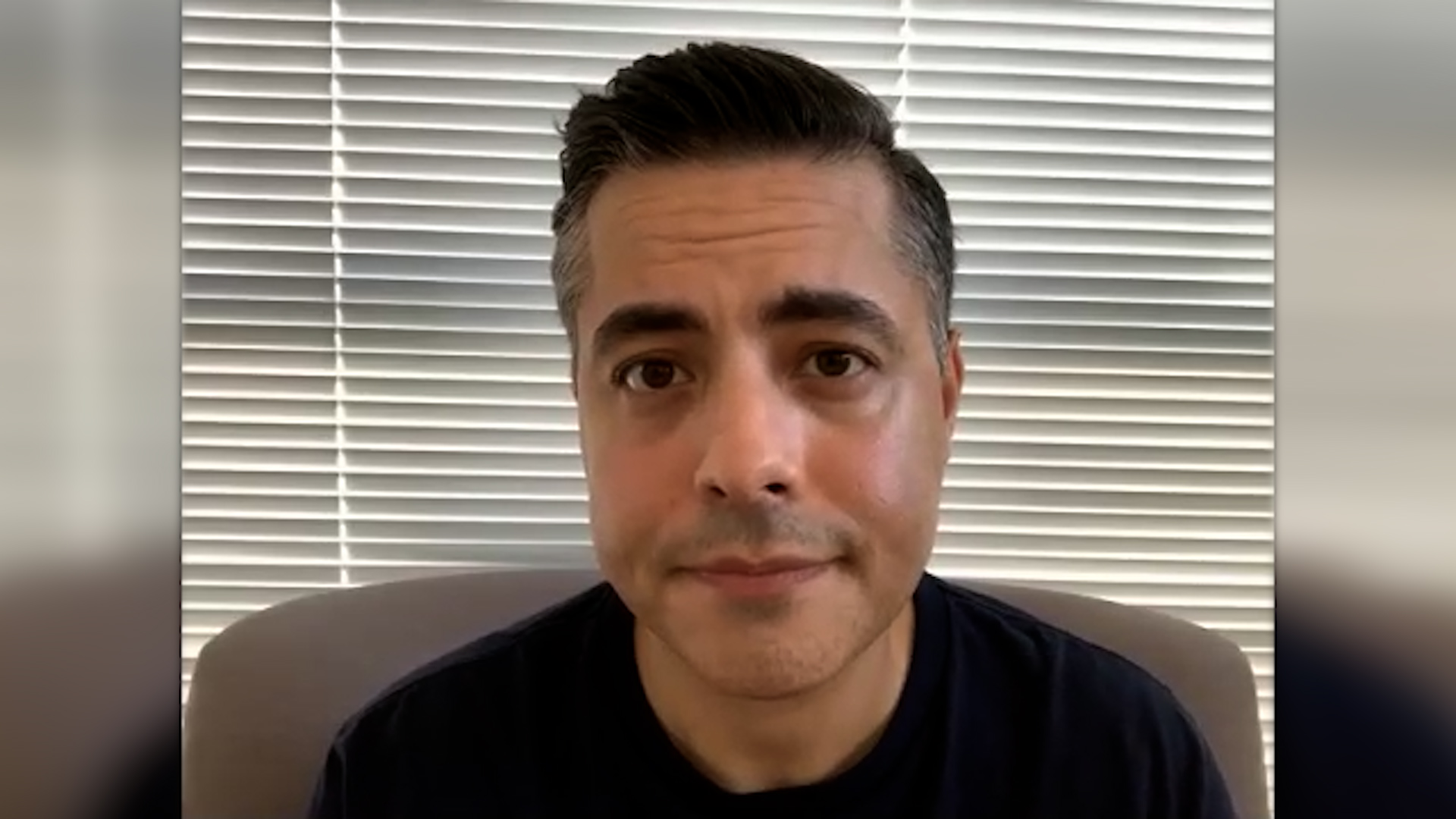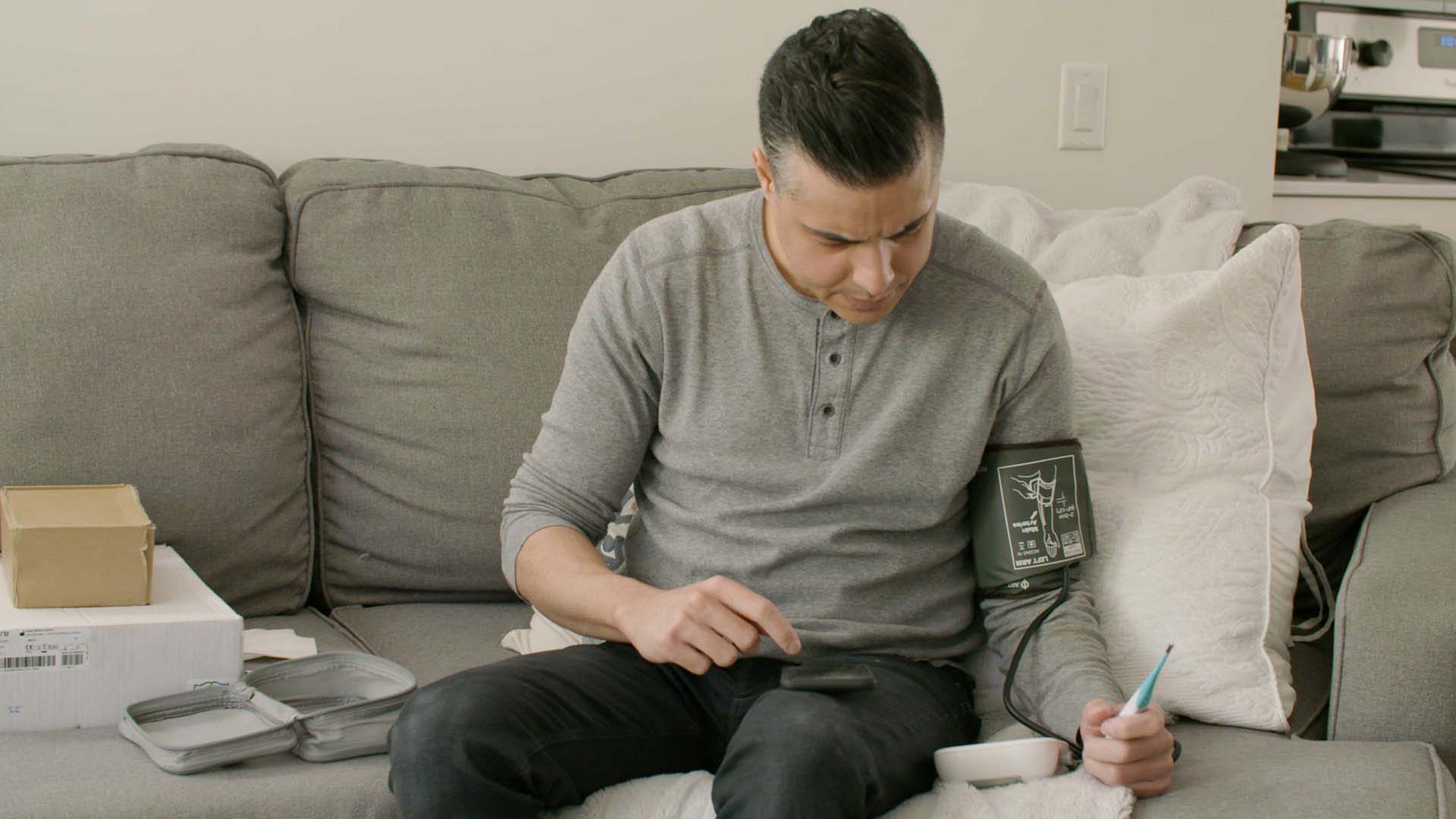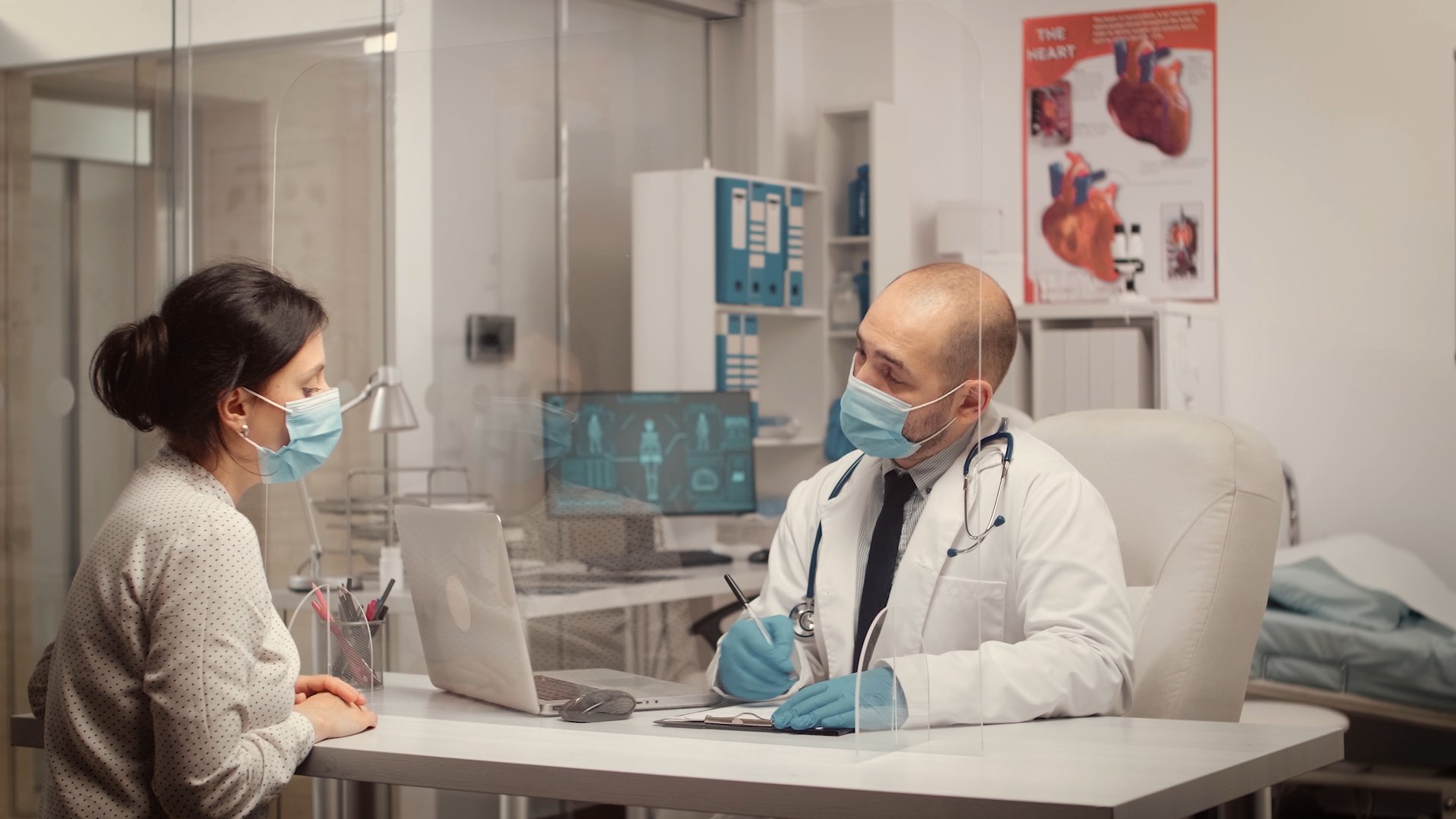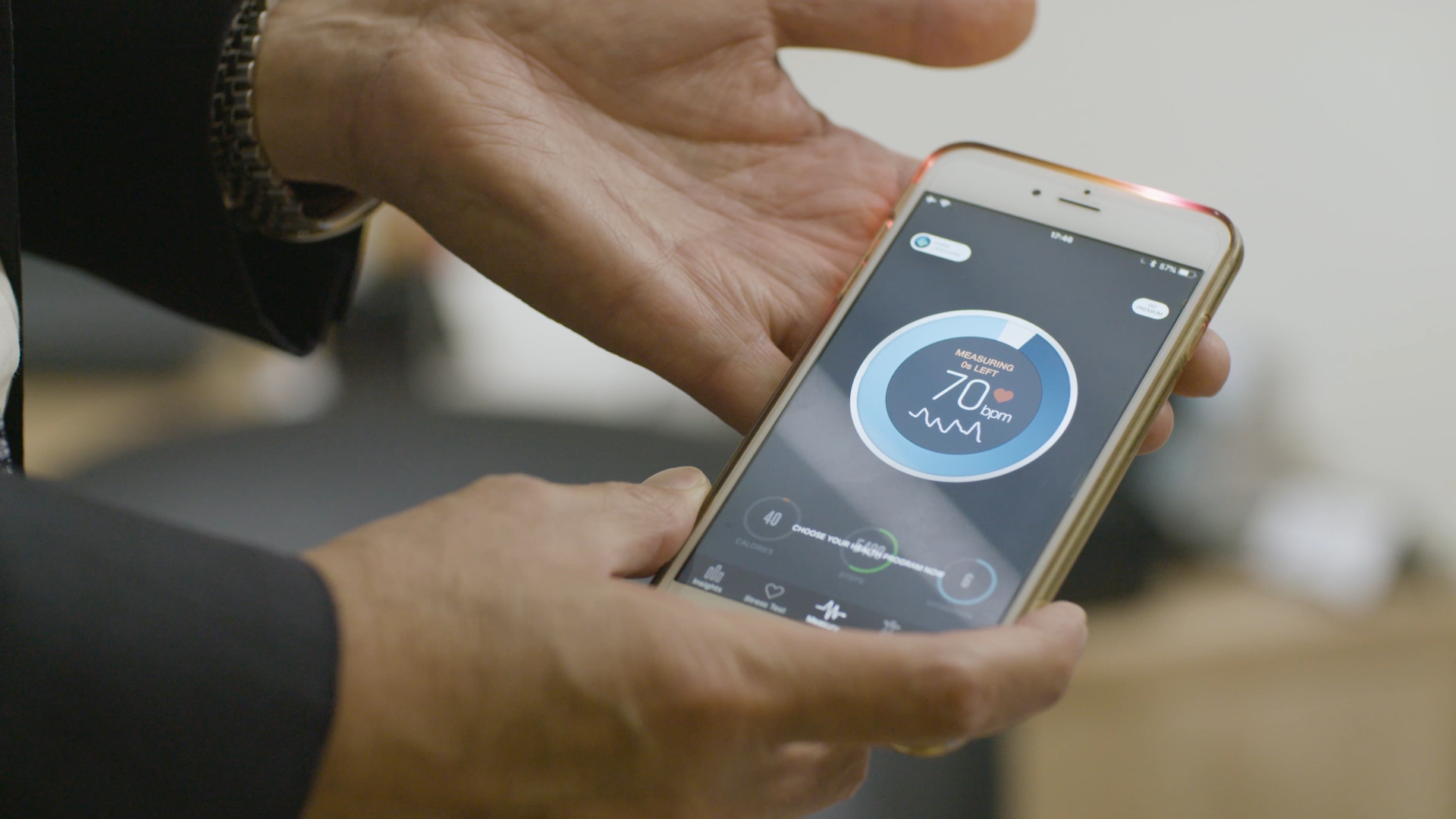
“Virtual health is really about using technologies to support health. How can we do what we do today better using technology. And how can we deliver care that historically has been impossible,” says Dr. Kendall Ho, Research Lead, Emergency Digital Medicine. “There are several ways a patient can clearly benefit – if they can see their own health information, if they can do their own scheduling with clinics, it can improve their communication with our services.”
Improving access, especially for those who have challenges leaving home, can have a profound positive impact on a patient’s quality of life as it allows for them to be able to still access vital health care services despite their difficulties.
“COVID-19 has been a defining moment for digital health,” says Dr. Ho. “I don’t think we’ll ever go back and not using digital health again.”



